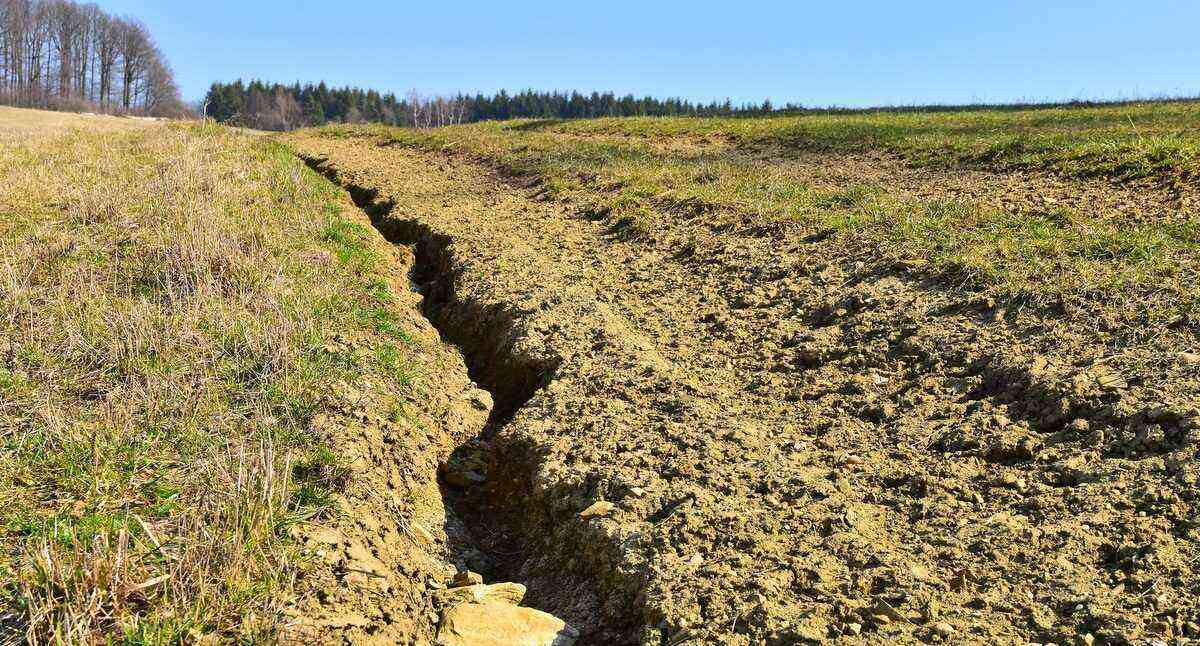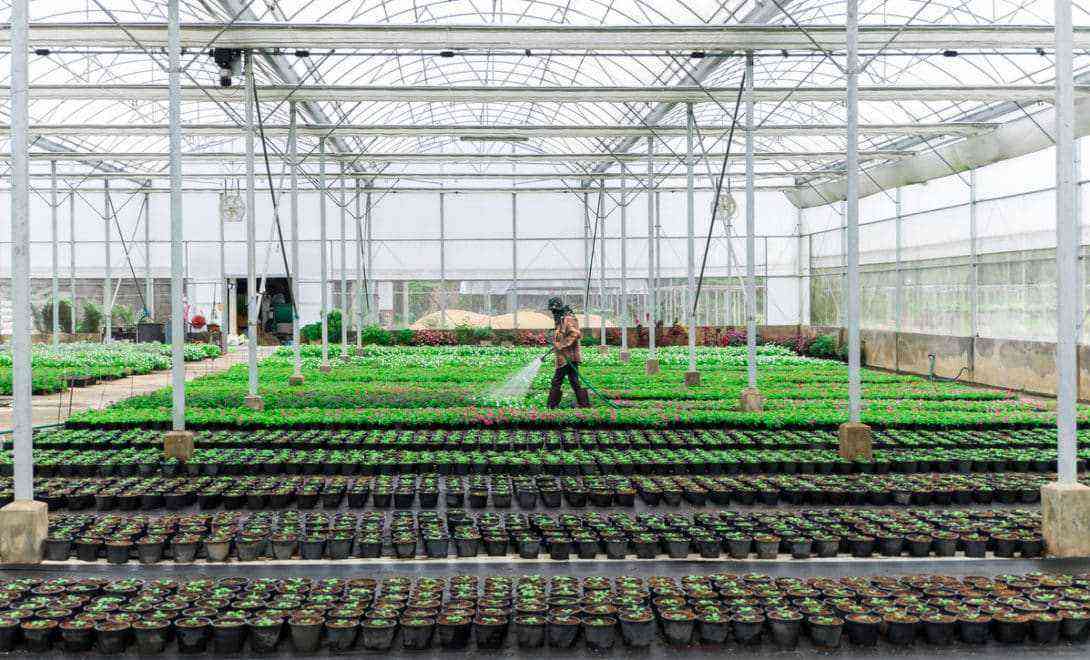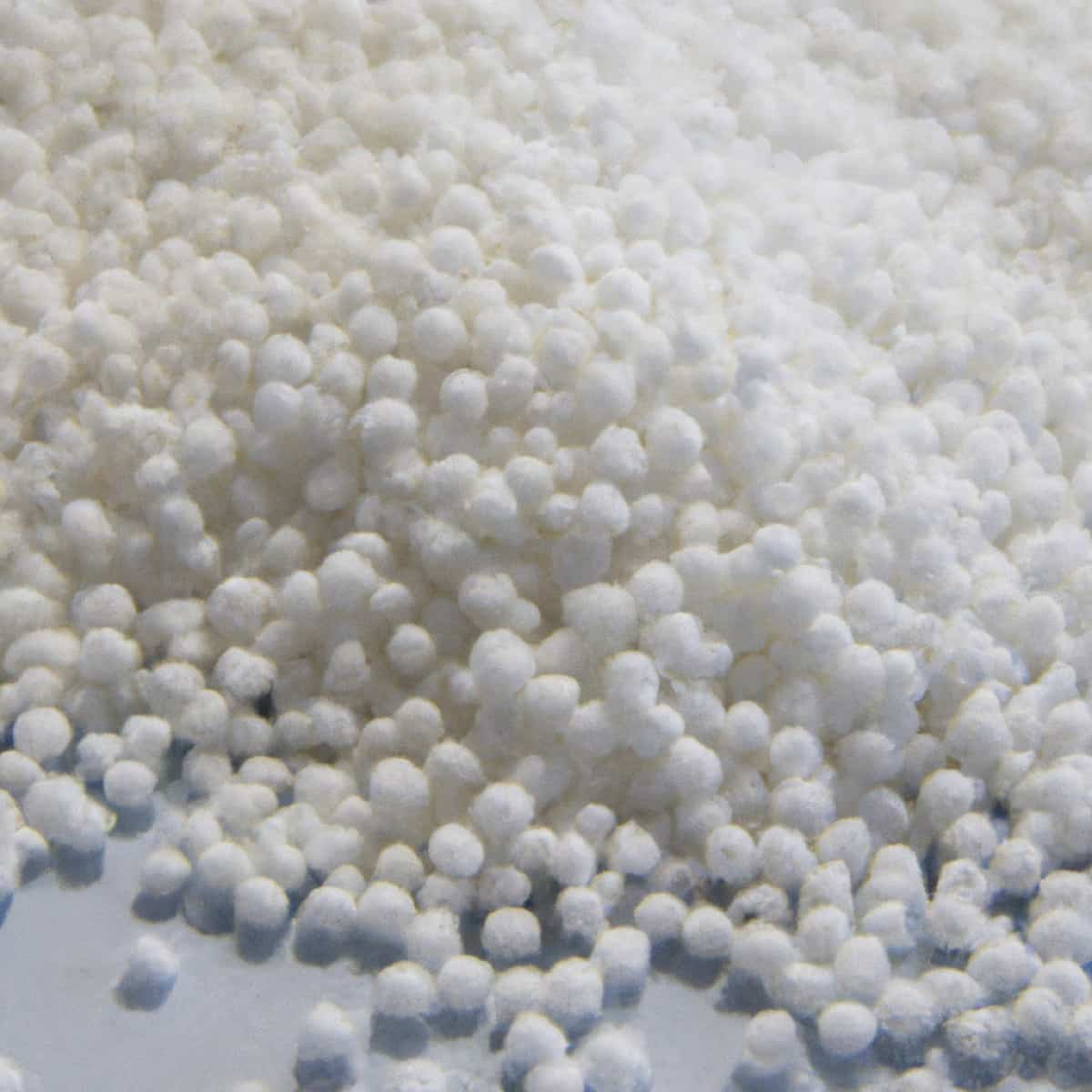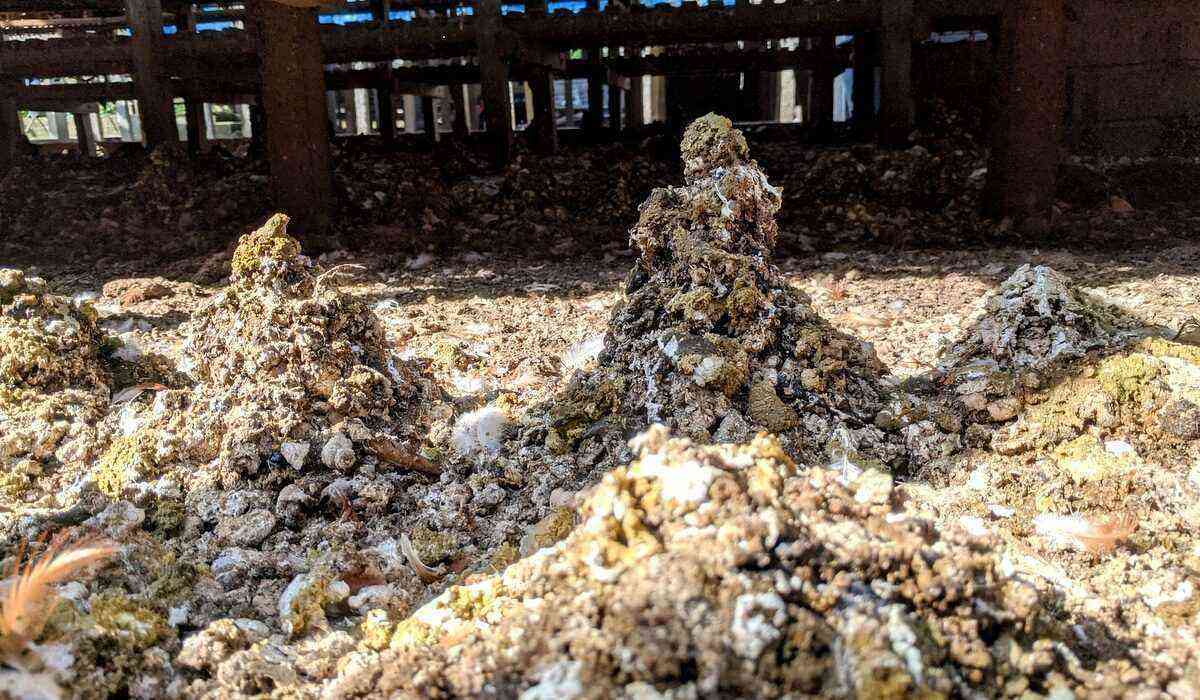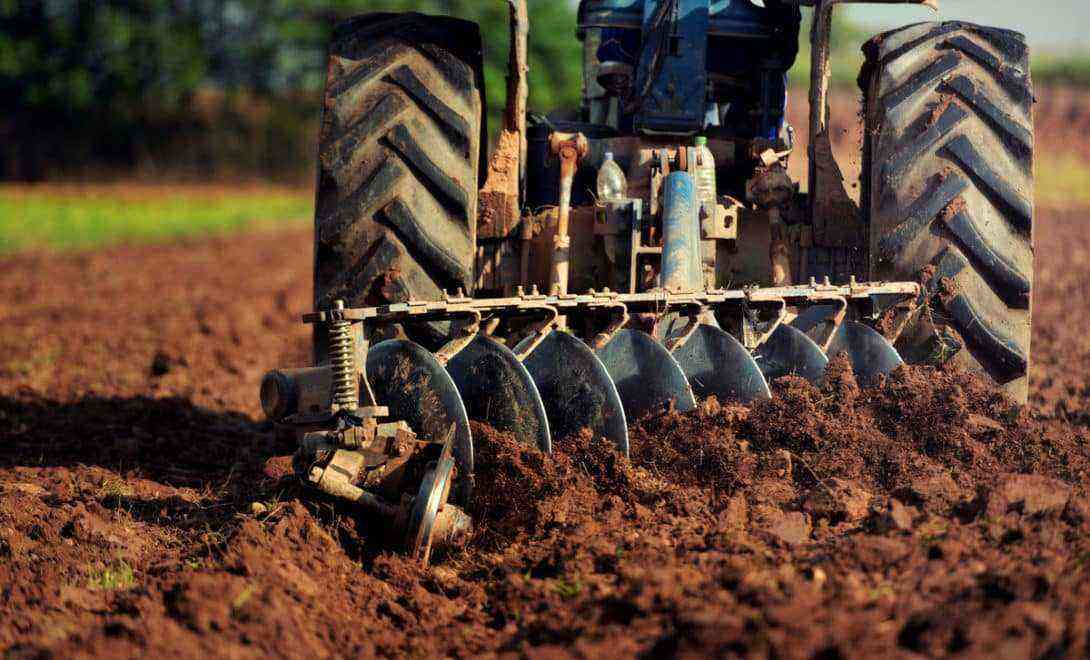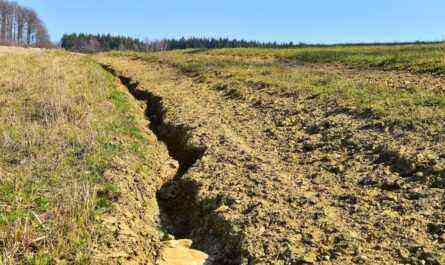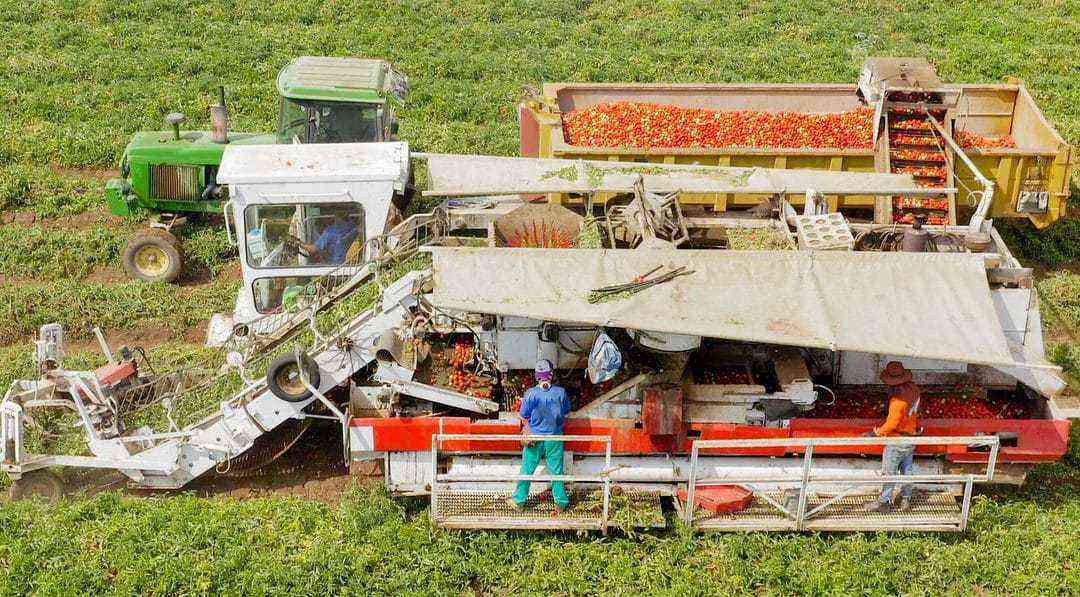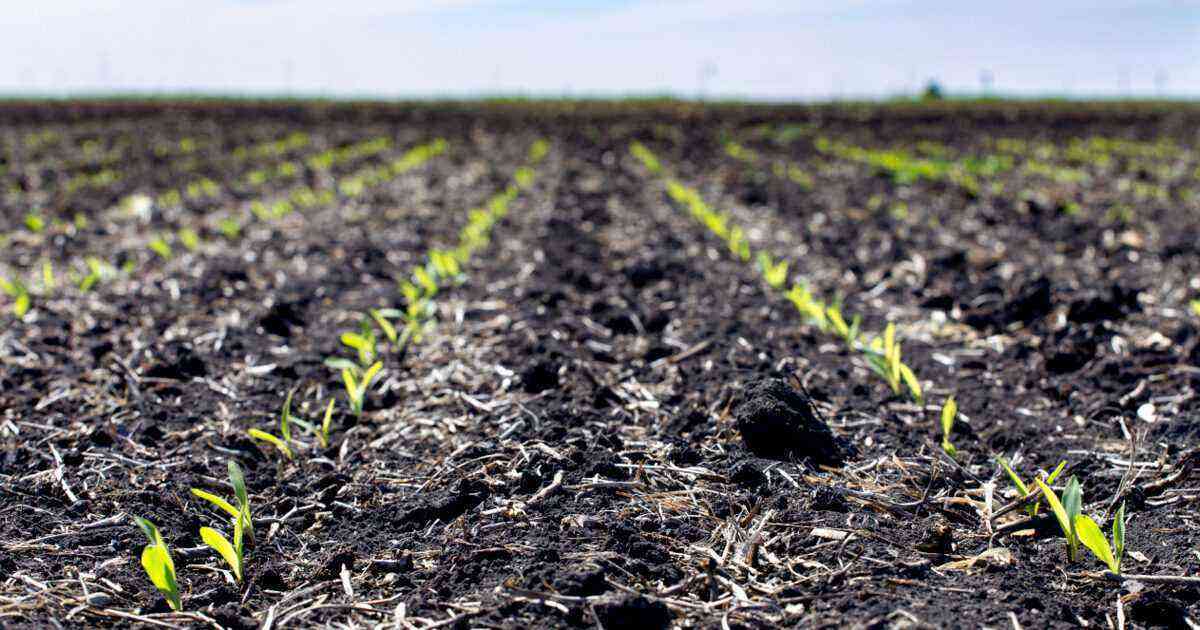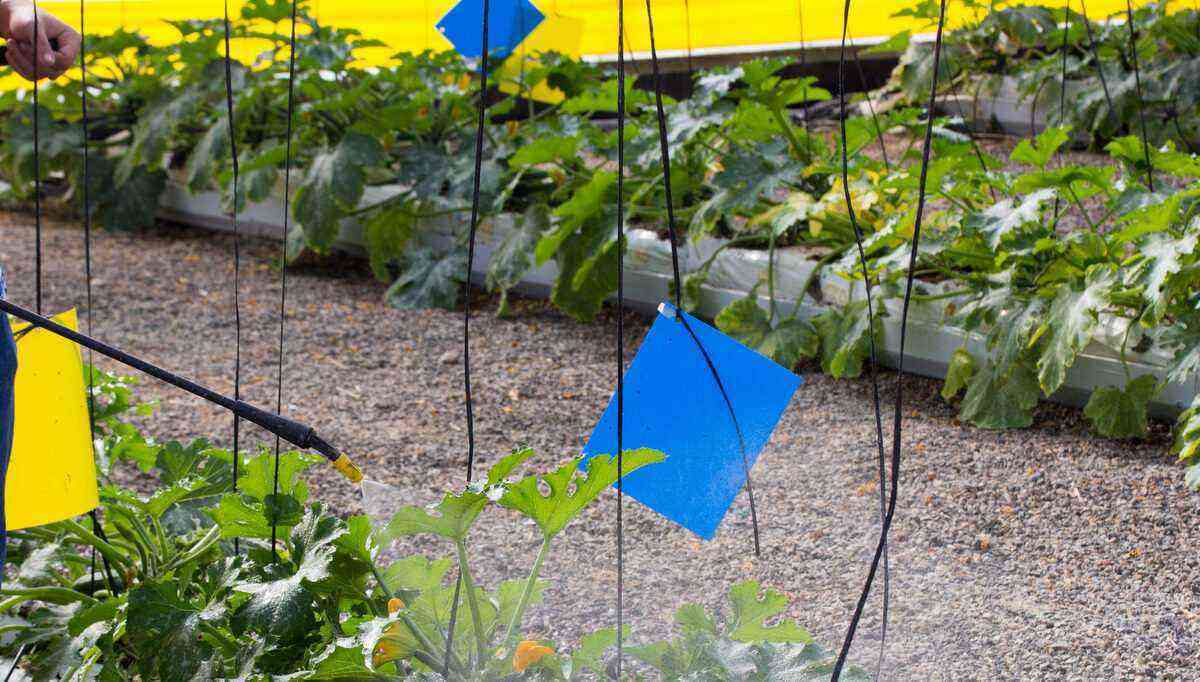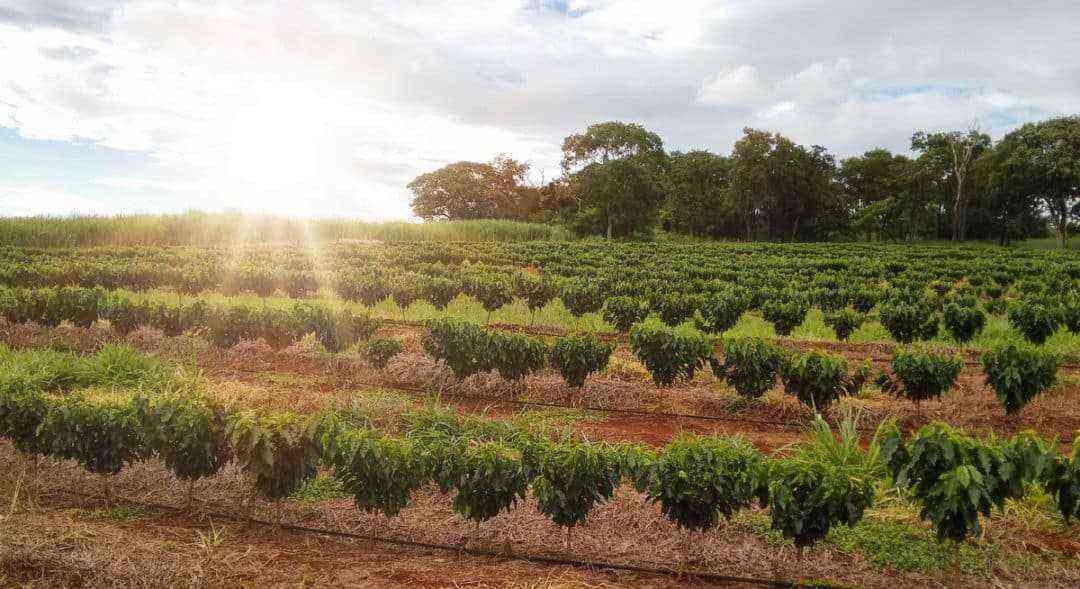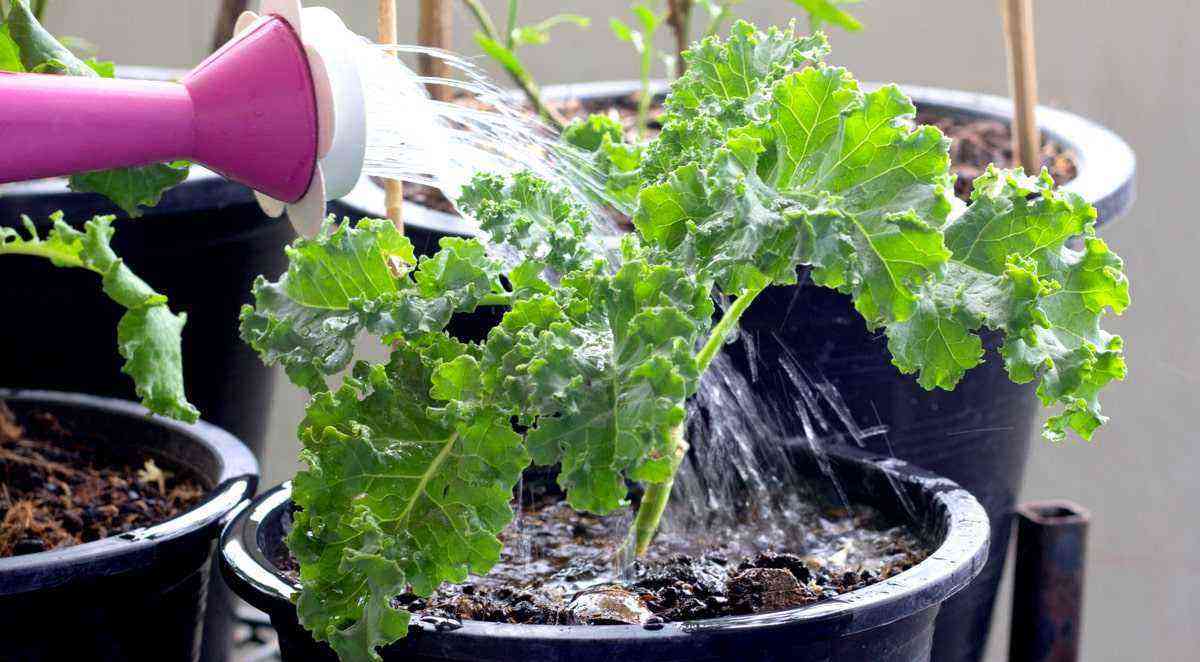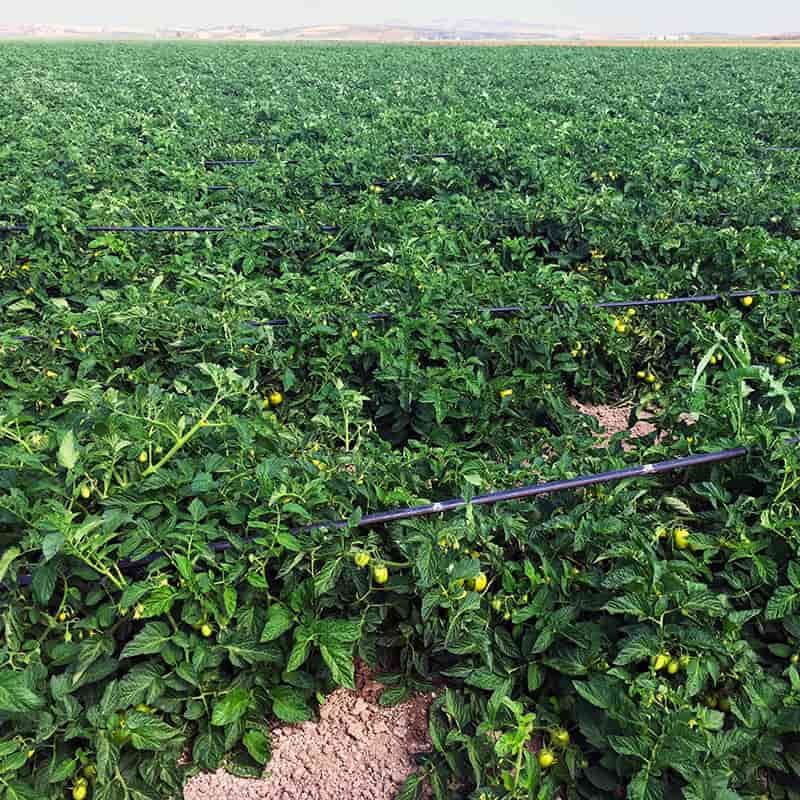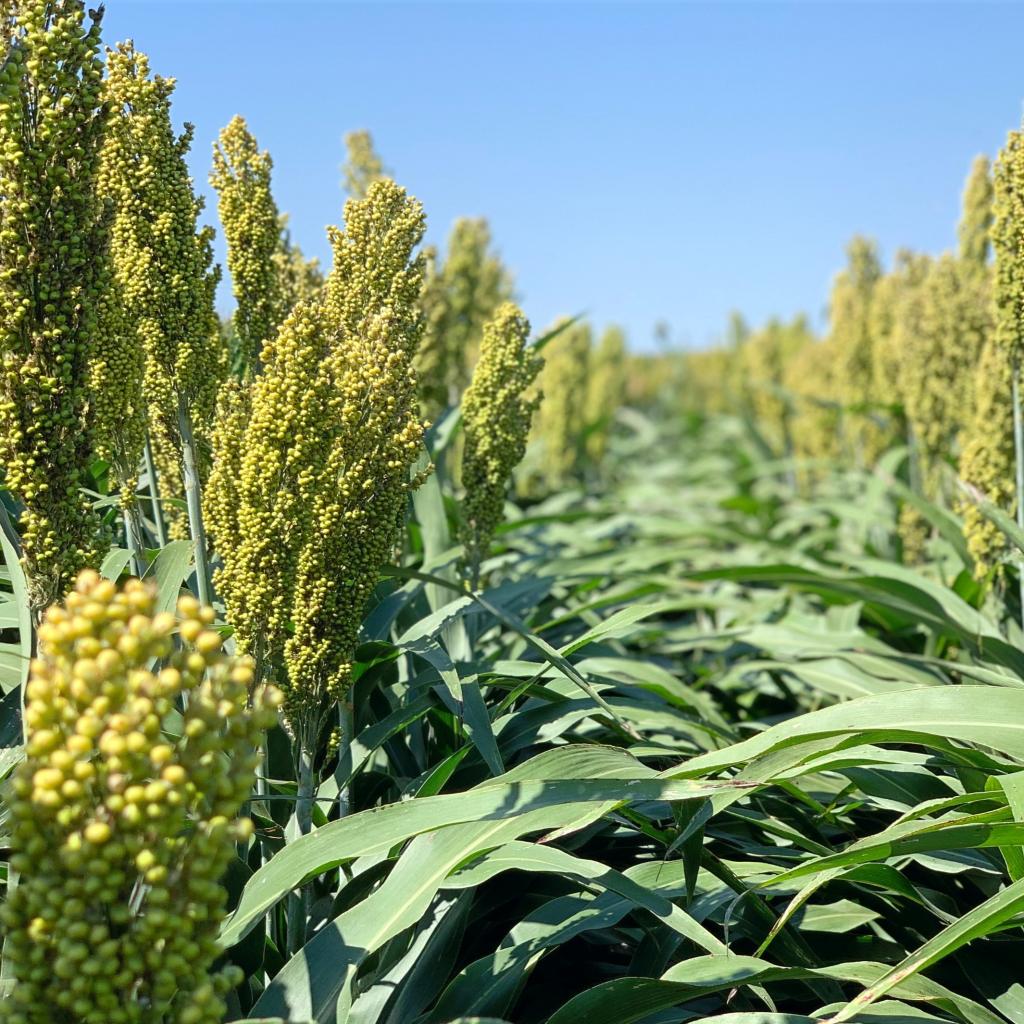Drilling an artesian well can often be the only way to maintain regularity in the water supply on the property and, with that, guarantee the development of your agribusiness.
Having an artesian well is an excellent option not only to avoid problems in the dry season, but also to reduce rural property costs.
But drilling an artesian well it’s not such a simple thing. In addition, there are still many doubts on the subject. So, we prepared this content for you to understand everything about it.
Follow the post and discover the differences between types of wells, the advantages of its installation, what care must be taken and how maintenance must be carried out.
After all, what is an artesian well?
As we said above, depending on the location of the farm, if the water distribution in the rural area is inconsistent, it can cause a lot of damage to the producer in periods of drought and, therefore, he needs to look for alternatives.
Often this occurs with the drilling of an artesian well. It is a deep and vertical tubular well, which is done in the soil to extract water stored in groundwater.
Incidentally, the term “artesian” has been used since the twelfth century, when such a well was built in the French town of Artois, or Artesia, in 1126.
Despite this, the artesian well is much older: there are indications that the Chinese carried out drilling like this around 5.000 BC
As the water that comes out of the well gushes naturally, this system is also called gushing well.
Check out how an artesian well is measured using copper wire:
Source: PLANTING AND IRRIGATION.
The main objective is to capture good quality water that is ideal for consumption, that is, with adequate physical, chemical and biological characteristics.
This is because the water located at a great depth does not suffer direct action of the human being, maintaining its properties.
What is the difference between artesian, semi-artesian and phreatic wells?
The drilling of a deep tubular well is an engineering work and must comply with norms 12212 and 12244 of the Brazilian Association of Technical Norms (ABNT).
Depending on how it is done and the depth drilled, there are three types of tubular wells, as we will see next.
Artesian well
The artesian well normally has a depth between 100 and 600 meters, but can reach 2 thousand meters.
The abstraction of water comes from an aquifer. Even with water pressure, equipment must be installed to ensure pumping to the surface.
Find companies that provide artesian well drilling services, as well as assistance and regularization.
Submerged pumps are the most suitable for artesian wells. They are installed inside the well and remain below the water level, that is, the operation takes place submerged.
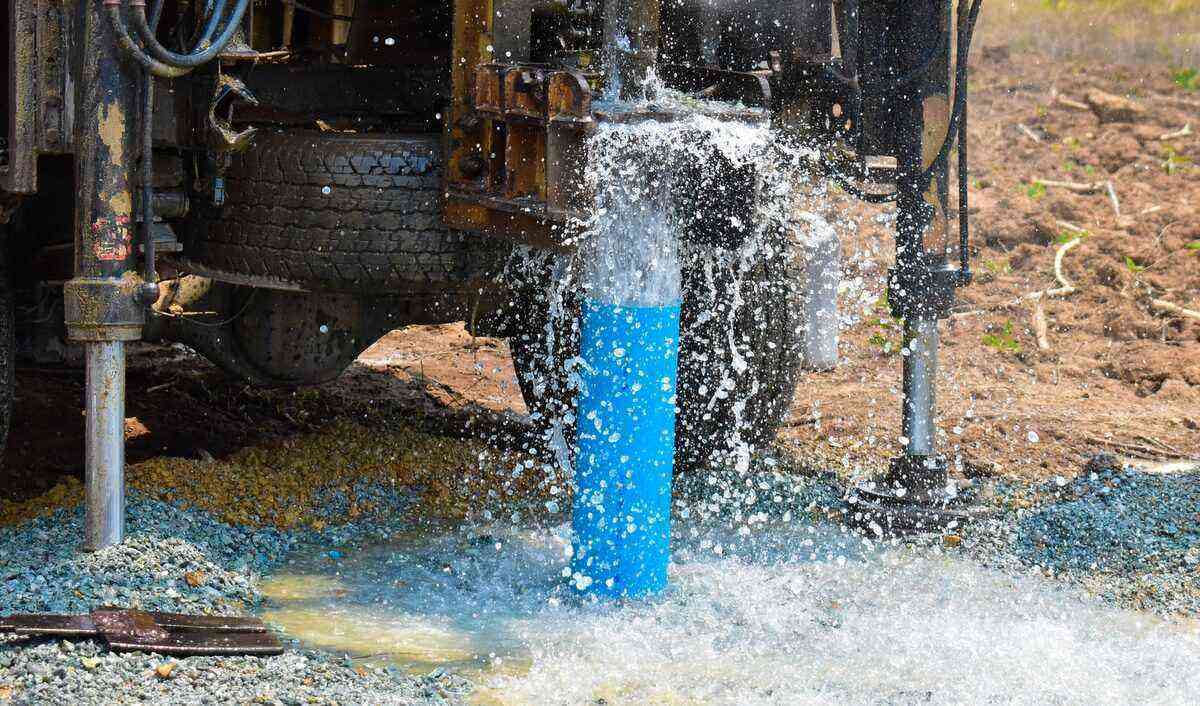
The artesian well is the deepest of all systems and has an average flow rate of 2 liters per hour.
For this type of well, only the first layer of soil (about 20 meters) needs to be lined with waterproofing material, such as plastic or steel tubing.
This casing is cemented so there is no risk of contaminated water falling into the well. In turn, the water in the aquifer is naturally filtered by sediments and rocks.
This makes it suitable for consumption, as it maintains its original properties, without any human action. Due to the great depth that needs to be drilled, specific machinery is needed, capable of drilling through rocks, called a drill.
As this equipment is approximately 7 meters wide, it is therefore necessary that the artesian well be located in an area that includes such machinery.
semi-artesian well
It is usually between 20 and 60 meters deep and the water usually comes from the water table, in the same way as a shallow well. However, water is no longer considered to be from the surface.
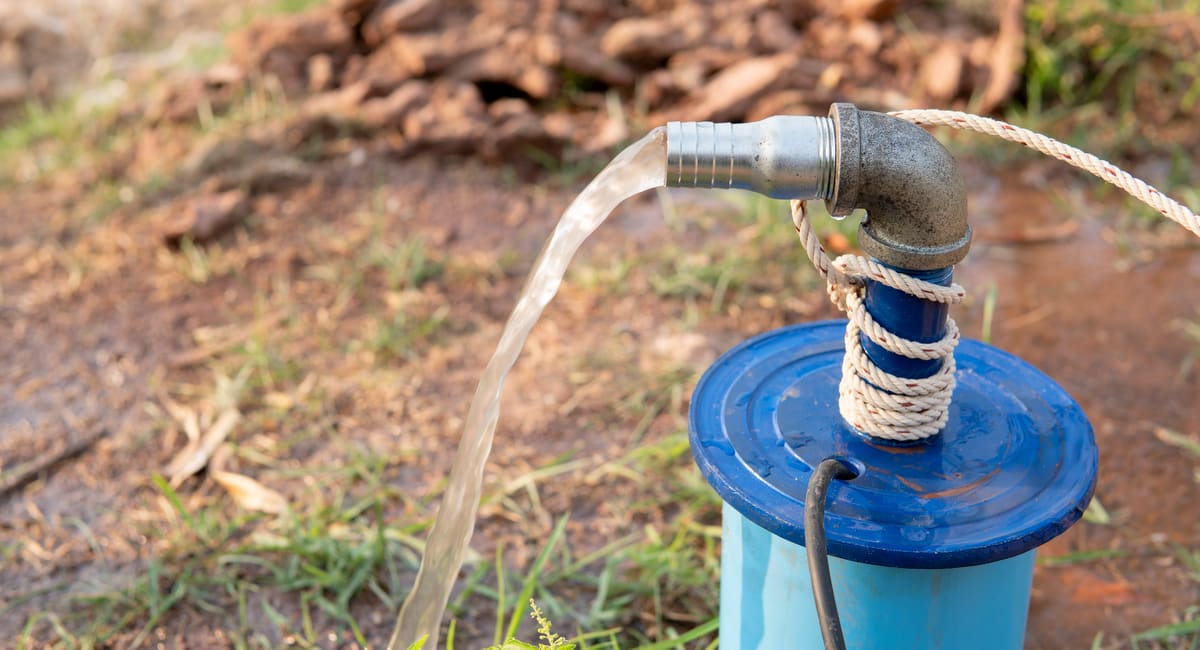
In semi-artesian wells, the flow rate can vary from 2 to 100 liters/day, depending on the location and geological characteristics of the site.
Once drilled, you need to install a pressure pump set so that the water reaches the surface. Therefore, it is the type that requires the most cost of pumping equipment and water removal.
Most semi-artesian wells use submerged pumps, which are installed inside the water depth and work permanently.
However, it is necessary to pay attention to preventive maintenance, which guarantee good water quality and the correct functioning of the pressure pumps.
water well
Also known as caipira well, cacimba or cistern, it is a reservoir located inside the soil, at a depth of about 20 meters and captures water from the water table, which is the closest reserve to the surface.
Due to its shallow depth, it is the type most prone to the occurrence of impurities and contamination in the water. Thus, there is no guarantee that the water is safe for human consumption.
However, it can be used for domestic tasks, as well as for irrigation of crops, pastures and other farm activities.
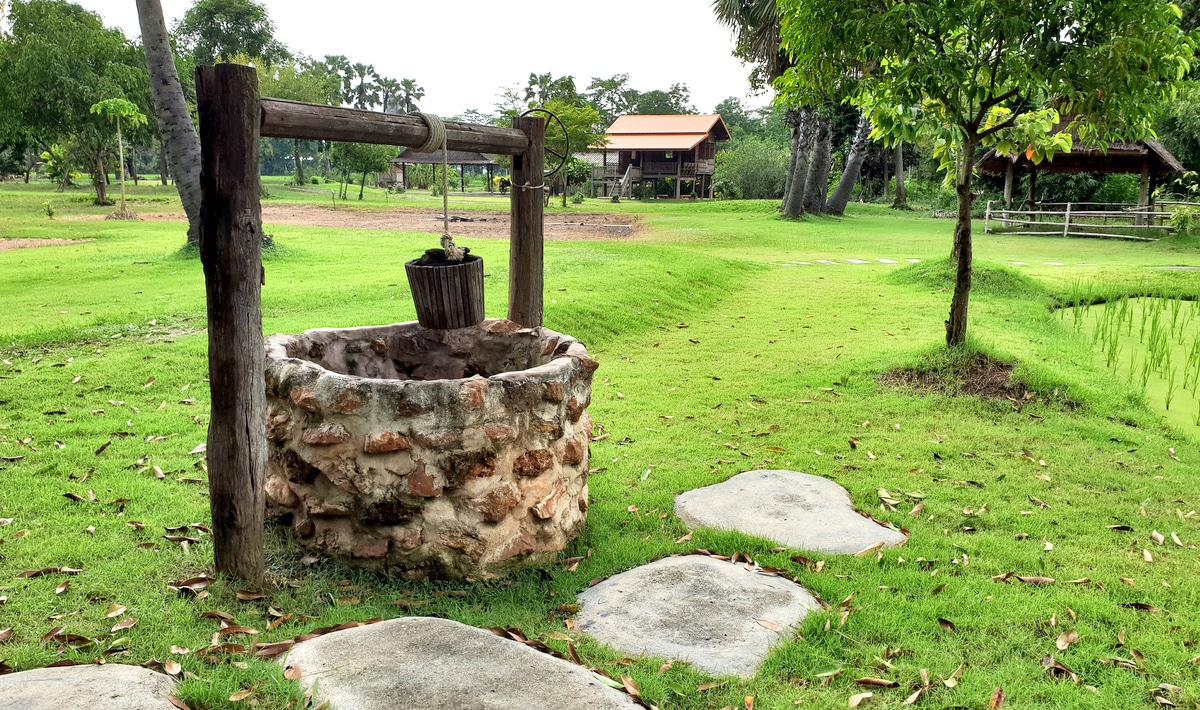
Known as a “caipira”, this well produces little water that can be easily contaminated.
For this type of well, centrifugal or injection pumps are usually used.
The choice depends on factors such as the supply voltage to be applied, diameter and flow rate of the well, distance between the well outlet and the place where the water will be taken, unevenness of the terrain, among others.
Why have an artesian well on your property?
Investing in an artesian well brings a number of advantages to your farm. Next, check out the main benefits.
Savings on the water bill
The investment in artesian well drilling brings excellent cost-benefit to your business. After all, the agro world cannot survive without good quality water, right?
Relying exclusively on the supply of dealerships is extremely expensive.
Therefore, this cost needs to be passed on to the final consumer, making product prices uncompetitive and reducing the profitability of agribusiness.

The wells are important for the supply of rural properties, aiming at human and animal consumption and guaranteeing agricultural production.
In the same way, there is no possibility of depending only on climatic factors, since the drought brings great damages.
By choosing to have an artesian well on your property, you will have good quality water at your disposal and thus reduce your farm costs.
Uninterrupted water supply
Another great advantage of the artesian well is that with it there will be no lack of water and, consequently, your farm will not suffer the damage caused by drought.
The continuous supply of water also makes it possible to expand your business, allowing more crops and ensuring your high productivity.
Depending on the size of your property, it is possible to drill more than one well, ensuring that the entire region is continuously supplied.
good water quality
As we mentioned, the artesian well has a great depth. Thus, the water has not yet been contaminated by human actions and, therefore, has an excellent quality and normally does not need to be chemically treated.
In any case, there is a recommendation to carry out a potability test before the water is consumed.
Valuation of rural property
If there is an interest in selling your property, continuous supply guarantees more value to the land. Therefore, drilling an artesian well is also a good investment in the long term.
Sustainability
Sustainable agriculture has been seen as an ecological solution for improving agricultural management and diversity.
Drilling an artesian well does not put nature at risk and is a way of capturing water without harming the environment.
And the cost of electricity?
One of the points that can be considered negative in the drilling of an artesian well would be the increase in the consumption of electric energy since it is necessary to pump the water to the surface.
But there are alternatives to reduce this expense. One of them is electricity generation through the use of solar energy. It occurs in a clean and ecologically correct way, as it does not harm the environment.
Check it out at video below how this system works and the results they are achieving.
Source: Rio Grande Rural.
What precautions are needed to drill an artesian well?
To drill an artesian well, you need to hire a company that has the authorizations granted by the water resources management body in your state.
The license granted will regulate the construction of the well and the grant will allow the right to use the extracted water. Therefore, it is essential that the company has certifications granted by the Regional Council of Engineering and Agronomy (CREA).
These companies must also carry out preventive maintenance of the well, which includes routine and periodic checks on the structure and equipment.
In general, maintenance includes inspection of the operation of submerged machines, operational control boards and water quality.
In fact, it is essential to carry out tests of physical-chemical and bacteriological analysis of the extracted water every six months to guarantee its quality and potability.
Curiosity: No video below, a farmer claims to have managed to dig a well by hand, spending only R$130,00. Check out how he did it:
Source: Medson Cabral, garden ideas.
Thus, invest in drilling an artesian well on your farm it is an extremely effective way of ensuring a continuous supply of good quality water in agribusiness. In addition, it promotes the sustainability and expansion of cultures and creations.
See also: WORLD WATER DAY – Innovative Agricultural System has water as a central element


